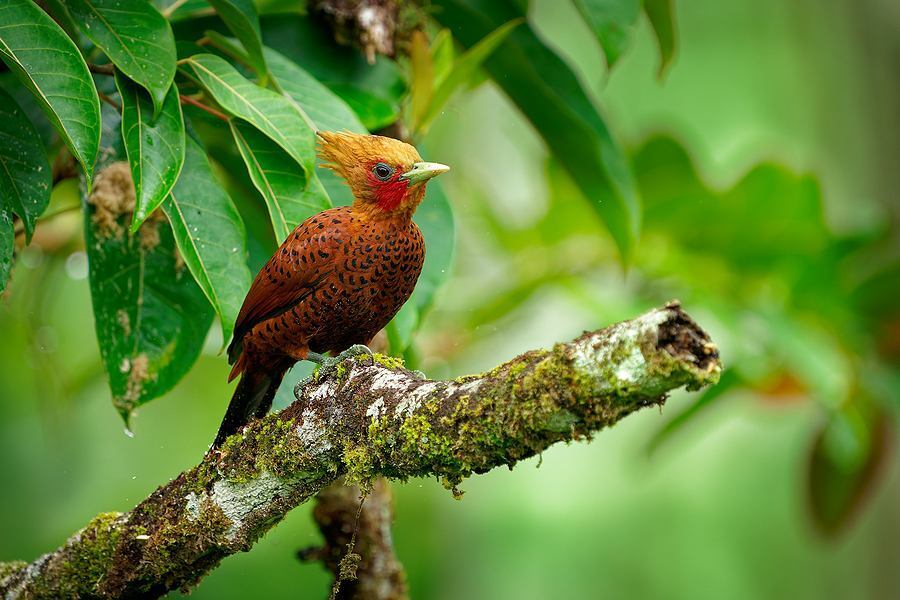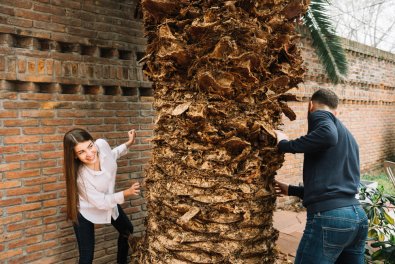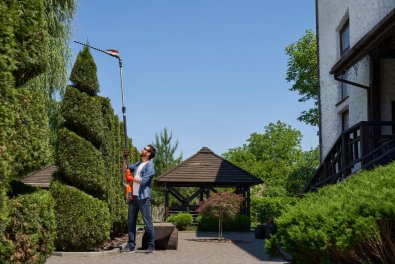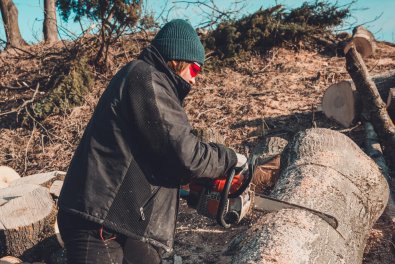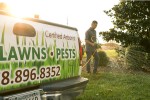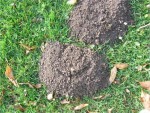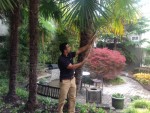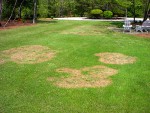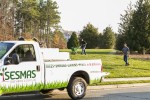Common Tree Pests and How to Control Them
Trees are essential to our environment and add beauty and value to our properties. However, they are not immune to infestations, making them targets for various pests. If you suspect critters are threatening the health and longevity of your yard, call a professional tree care company quickly. At Sesmas Tree Service, we understand pests and how to control them, keeping your trees healthy and vibrant. Here are some of the most common pests and effective methods to manage them.
Aphids
Top of our list, we have aphids, tiny insects that suck sap and are commonly found on different tree species. These pests prefer tender new growth and can cause leaves to curl, wilt, or yellow. They also produce a sticky substance known as honeydew, which can cause sooty mold on the leaves and branches. If the infestation is in the initial phase, you can spray the affected areas with a strong jet of water to dislodge the pests. However, severe infestation may prompt more drastic measures like fumigation or tree removal.
Emerald Ash Borer
The emerald ash borer is a destructive beetle that targets ash trees. This pest bores into the bark and feeds on the tree’s tissues, disrupting the flow of nutrients and water. This can cause thinning canopies, branch dieback, and eventually, death and tree removal. Preventative treatments with insecticides are the most effective way to control the emerald ash borer. Tree service professionals should handle these treatments to ensure safety and optimum health.
Japanese Beetles
Japanese beetles are greedy pests that can attack trees, including birch, linden, and crabapple. These metallic blue-green and copper beetles chew through leaf tissue, leaving behind a skeleton-like appearance. To control these pests, hand-picking or strategic tree trimming when they are less active deters feeding. For larger populations, consult a tree care company for chemical controls or pheromone traps if necessary. These chemicals should be used cautiously as they attract more beetles, prompting more drastic measures.
Gypsy Moths
Gypsy moths are invasive pests that destroy large sections of trees, especially oaks and aspens. The caterpillars chew through leaf tissue, weakening the tree and leaving it vulnerable to other stresses. You can mitigate these devastating effects by removing and destroying egg masses found on tree trunks and branches in the winter. Our certified arborists also recommend scheduling routine targeted tree pruning to remove damaged libs and prevent further damage.
Pine Bark Beetles
Pine bark beetles are tiny insects that bore through the bark of pine trees and other conifers, causing extensive damage. If you notice pitch tubes, sawdust at the base, or yellowing of needles, contact a trusted arborists quickly. The most effective way to control these beetles is tree trimming to remove infested parts and prevent spread to other healthy trees. While insecticide treatments are effective alternatives, hire trained tree service experts to ensure proper application and safety.
Now that you know common pests and effective control measures, early intervention is crucial to protecting your trees and ensuring they continue to thrive for years. Contact us at Sesmas Tree Service to maintain healthy trees that are less susceptible to pest infestations. We leverage extensive expertise and knowledge to ensure regular maintenance including tree pruning, at competitive rates.


